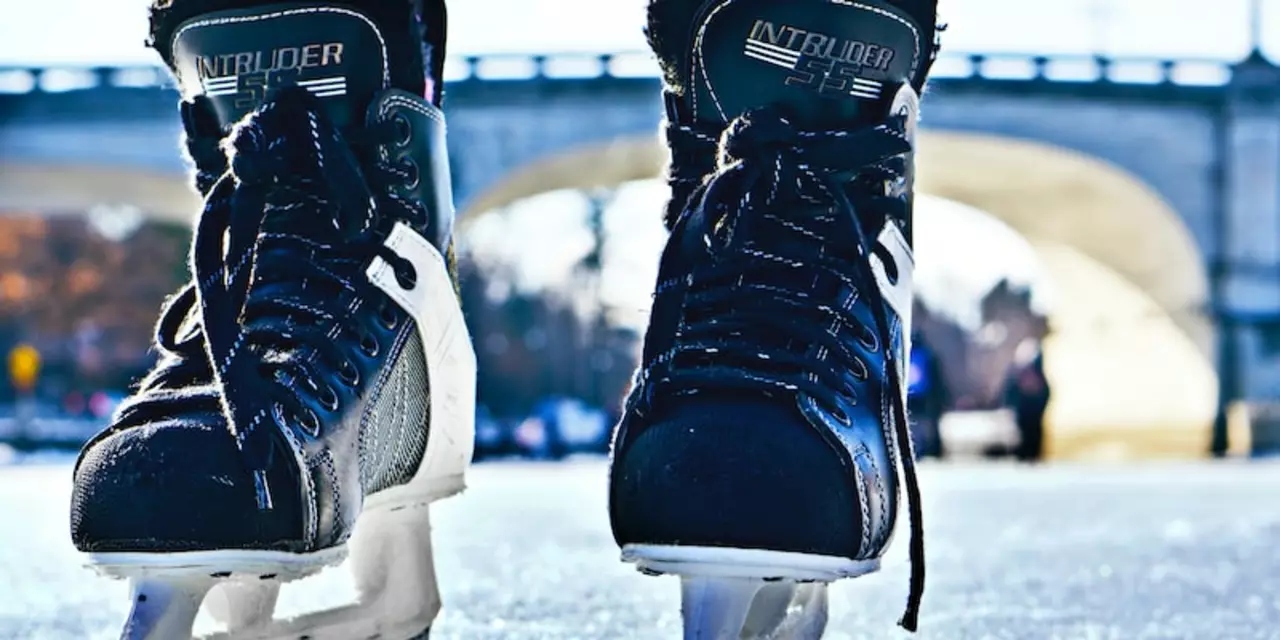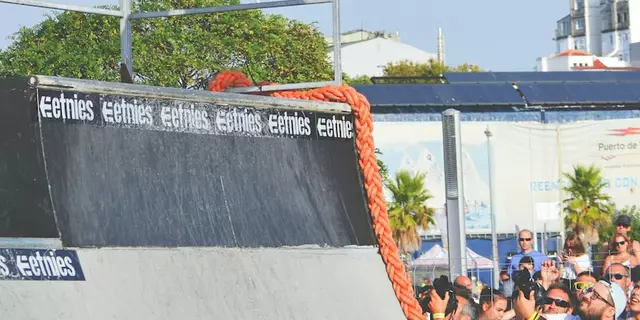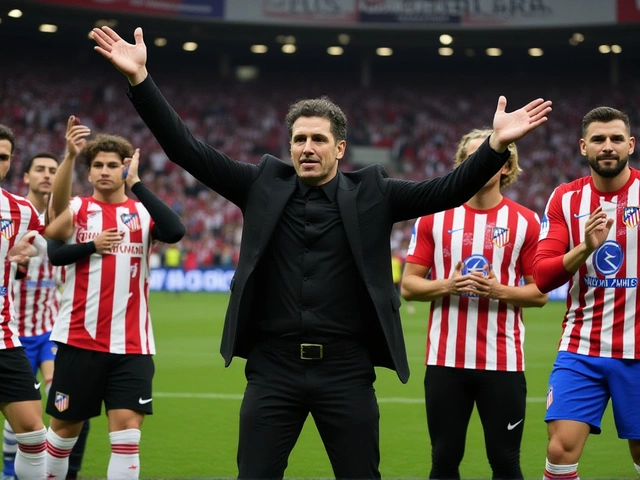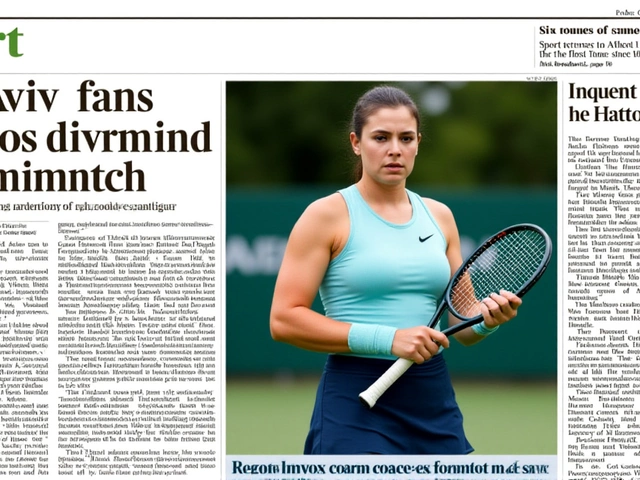Duration in Hockey: What Every Fan Should Know
Did you know a single NHL game can run longer than the 60 minutes you see on the scoreboard? Between intermissions, overtime and the occasional shoot‑out, the clock adds up fast. Understanding the real time behind a match helps you plan your night out, schedule your training, or simply impress friends at the pub.
On this page we break down the most common duration questions that pop up on The Hockey Den forums. Whether you’re curious about how long it takes to get a rink ready for a big game, how many games fit into a season, or how long a typical playing career lasts, we’ve got the practical numbers you need.
Game and Season Lengths
A regular‑season NHL game consists of three 20‑minute periods. Add a 15‑minute intermission after the first and second periods, and you’re looking at about 2½ hours of total time. If the game is tied after regulation, a 5‑minute overtime follows, and if it’s still dead‑locked, a shoot‑out adds a few more minutes. So most evenings, plan for three hours from the first puck drop to the final buzzer.
Playoff games follow the same structure, but they can stretch further because overtime is played in 20‑minute sudden‑death periods without a shoot‑out. The longest playoff game on record lasted over 120 minutes of actual playtime, pushing the total event close to five hours. That’s why fans pack extra snacks and bathroom breaks into their schedule.
A full NHL season includes 82 regular‑season games per team, spread over roughly six months. That averages out to about 13‑14 games a month, or three to four games per week. Teams also play a handful of preseason exhibition games, usually in September, which are shorter in length but still follow the three‑period format.
Rink Preparation and Training Duration
Getting a rink ready for an NHL game is a week‑long operation. The ice surface itself takes three to four days to freeze to the right thickness. Boards, glass, and dasher boards are installed in an additional one to two days. After the hardware is up, the ice gets a finishing shave and a thin layer of water is sprayed to smooth out imperfections. That final grooming happens every night before a game.
Players also need time to adjust to the fresh ice. Most teams schedule a light practice on the morning of the game, allowing skates to break in and players to get a feel for the surface. That practice usually lasts 60 to 90 minutes, giving coaches a chance to tweak line combinations without wearing the players out.
When it comes to a player's career, the average NHL career lasts about five years, though many stars play 10‑15 seasons. The duration depends on health, role, and how quickly a player adapts to the speed of the game. Even after retiring, most former players stay involved in the sport through coaching, broadcasting, or community programs, extending their hockey involvement for decades.
Knowing these time frames helps you plan everything from buying tickets to scheduling your own backyard practice. Next time you hear “the game starts at 7 p.m.” you’ll have a realistic picture of when the final horn will actually sound.
Got more duration questions? Drop them in the comments below and let the community share their own tips. The Hockey Den is all about making the sport easy to enjoy, no matter how long it takes.

How many periods are in an ice hockey game?
Ice hockey is a popular sport with a unique set of rules. One of the most important aspects of the game is the time structure. A hockey game is divided into three periods, each lasting 20 minutes of playing time. The clock is stopped for various reasons throughout the game, so the actual duration of each period can vary. During the intermission between periods, teams are allowed a 15 minute break. After the 3rd period, the game is over and the team with the most goals is declared the winner.
View More


